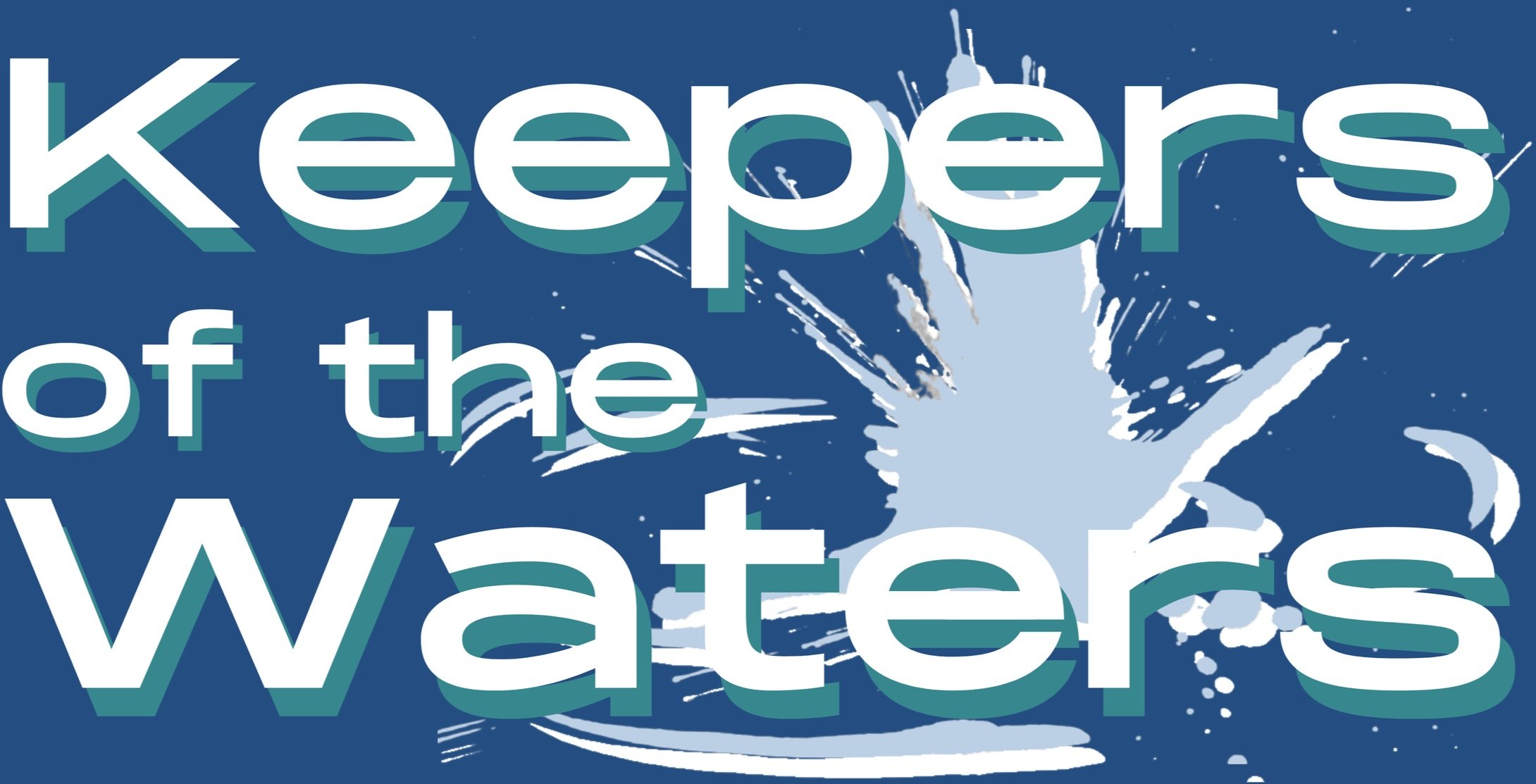ecofeminism(s) at the Thomas Erben Gallery
Betsy Damon’s formative 1985 piece The Memory of Clean Water is currently being shown in ecofeminism(s), a show at Thomas Erben Gallery curated by Monika Fabijanska. ecofeminism(s) “explores the legacy of some of the pioneers of ecofeminist art” and “restores art’s function to what it was before the Enlightenment, when both science and art were tools to understand the world and propose solutions”.
Images provided by Monika Fabijanska





This exhibition also includes work by:
Andrea Bowers | Helène Aylon | Eliza Evans
Sonya Kelliher-Combs | Hanae Utamura | Aviva Rahmani
Jessica Segall | Lynn Hershman Leeson
Bilge Friedlaender | Carla Maldonado | Mary Mattingly
Cecilia Vicuña | Barbara Kruger | Agnes Denes
June 19 - July 24, 2020
Thomas Erben Gallery
526 West 26th Street, 4th Floor
New York, NY 10001
tel. 212-645-8701
Behind A Memory of Clean Water
This excerpt from Betsy’s upcoming book describes how this piece came to be, and the profound impact it had on Betsy’s journey as an activist-artist:
Now we needed an accessible dry riverbed with nearby housing for up to ten people. My project manager, Robyn Stein, and I drove through Colorado and New Mexico, looking at every accessible dry riverbed. The landscape was spectacular, and hot springs existed at certain stops but suitable dry riverbeds were rare. Our last stop was Castle Valley, Utah, where we found the perfect riverbed Castle Creek was dry, the right size, and abundant with stones carved by water. Few people lived in the valley, but a local real estate man let us stay in a large empty house. Yellow poplar trees surrounded the riverbed where we worked, protected by tall red mesas that rose towards the sky. Three exceptional papermakers, Coco Gordon, Helmut Becker, and Ray Tomasso led the process of finding plants, pounding and boiling them to make paper. Ray Tomasso brought his paper maker to reconstitute the dehydrated pulp I had ordered because we needed much more pulp than could be made with the available plants. Coco Gordon advised me and helped with every step, mixing colors and preparing the buckets of pulp. For 10 to 12 hours every day, Denice Amses, Regina Corritera, Robyn Stein and Lucy Wallingford poured and patted liquid paper on every rock, bone, pebble, and bit of detritus in the dry bed. Pat Switzer followed us with her camera.
A Hopi filmmaker, Victor Masayesva, was to join us to capture the process. I had neglected to tell Victor exactly where to find us—only that we were in Castle Valley. But sure enough, he appeared one day. When I asked him how he found us, he replied, “Finding whites in the land is easy.” It seemed that despite our best efforts to not disturb the land, none of us knew how to tread lightly on the earth.
One day, after hours of crouching over the riverbed, I stood to stretch my back and looked up. The sky was turning deep indigo and the stars of the Milky Way were beginning to appear, forming a pattern that resembled the pattern of the stones in the riverbed below. I thought, “The whole world is patterned by water, yet I know nothing about water.” At this moment, I knew I had to continue along my path in learning more about water.
